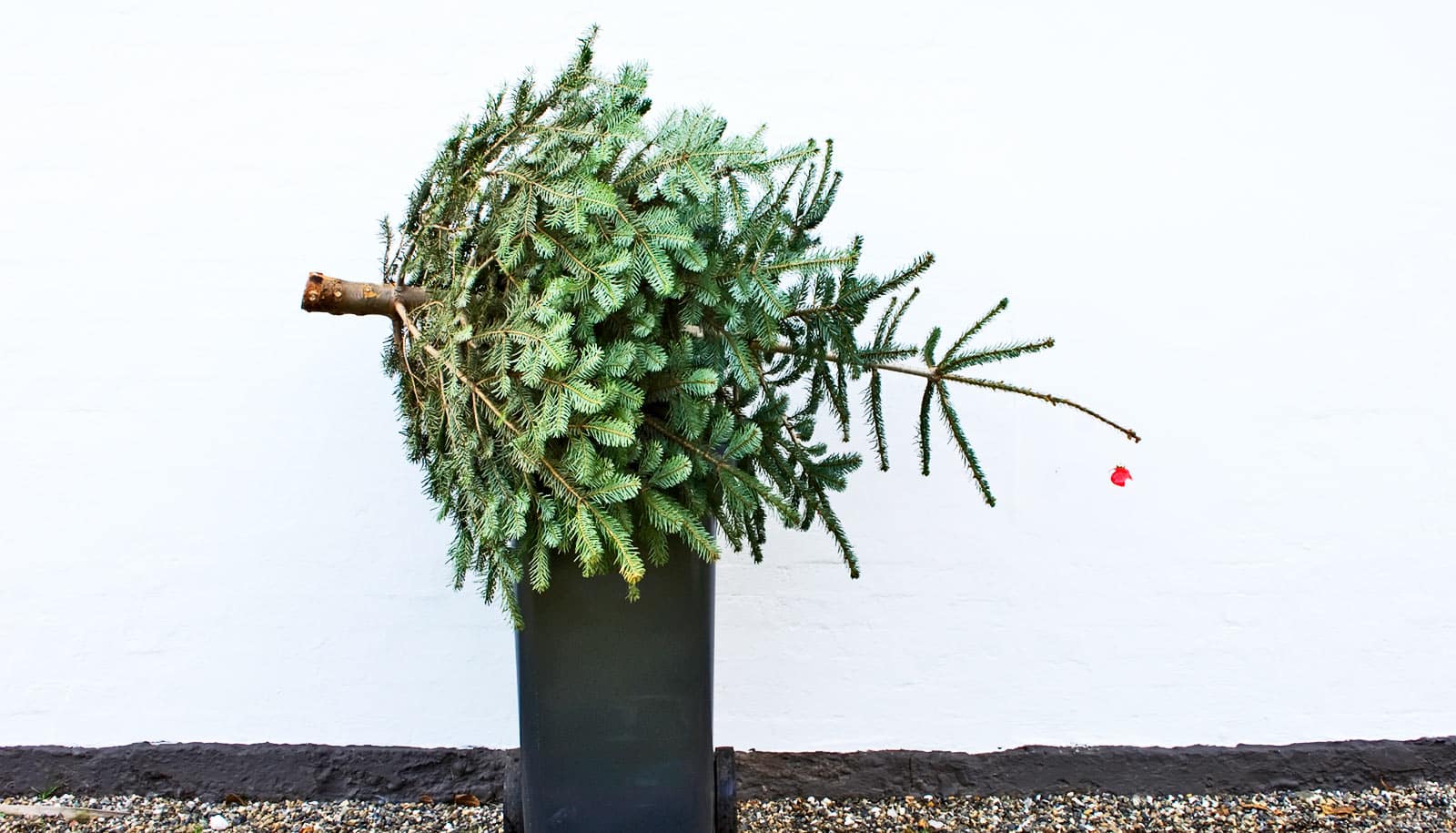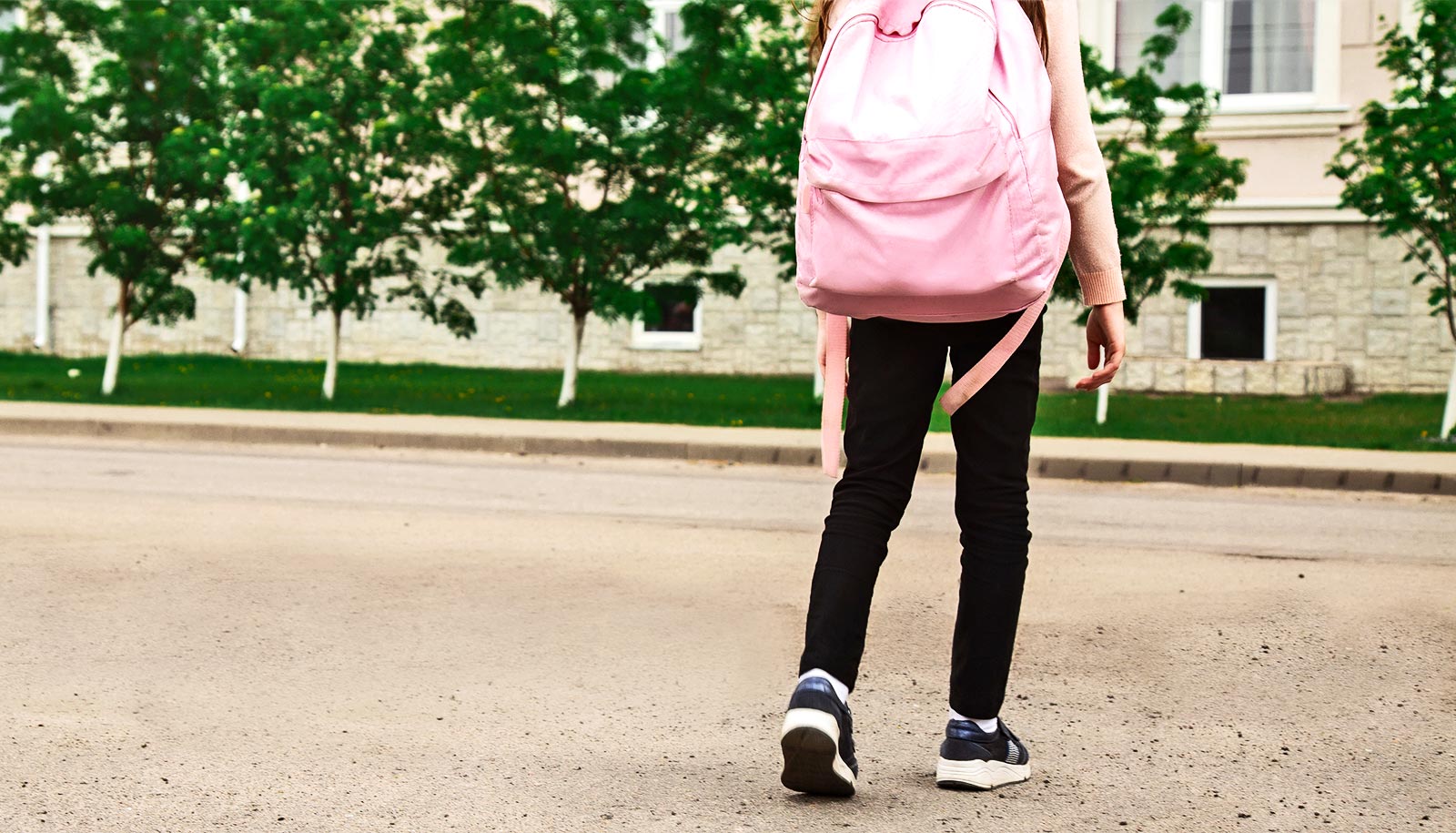Dried-up Christmas trees present a fire hazard if they’re in your home, garage, or nearby outside, an expert advises.
“Firs, spruce, pine, cedar, and other Christmas tree types all contain a resin that is flammable, especially once the tree has dried out,” says Karen Stafford, Texas A&M University Forest Service Fire Prevention Program coordinator.
“Live trees in the home present a certain amount of fire danger, but dried trees are much more combustible and present a higher fire risk.”
Tips for Christmas tree disposal
There are some practical steps that you can take to remove trees with less clean-up and greater safety, says Joyce Cavanagh, Texas A&M AgriLife Extension Service specialist in family and community health at Bryan-College Station.
“Have your storage boxes ready and remove the tree skirt, all ornaments, and lights, and any wire or twine used to secure the tree,” she says. “Have a bucket or other container nearby to dump out any water that may still be in the tree stand reservoir.”
Cavanagh says the next step should be to cover the tree with an appropriately sized plastic bag or tree bag.
“If you don’t have a tree bag, you can wrap an old blanket or sheet around the tree,” she says. “This will help keep the needles and sap from getting on the floor.”
Finally, she says, if using the local community curbside pick-up option for disposal, carry the tree to the curb and place it where it is not blocking the sidewalk or road.
As trees dry out, they shed more of their needles. But resist the impulse to immediately grab the vacuum cleaner.
“It’s better to sweep up scattered needles with a broom instead of using a vacuum cleaner, as too many needles can clog it up and possibly cause damage,” Cavanagh says.
She suggests inspecting your floors for any possible water damage to the hardwood or carpet that may have resulted from keeping the tree watered.
“Watering the tree during the holidays may have caused some spillage or water may have collected at the base of the tree stand,” she says. “If you see any water damage, clean and dry the area and place a fan where it will help remove any remaining moisture. If the area has carpet, you should probably consider having the carpet steam-cleaned to prevent mold from forming.”
Turn a fire hazard into mulch
“Dried Christmas trees can be a real fire hazard, especially if, as some people have done, the tree is set on fire as a means of disposing of it,” Stafford says. “Depending on the location and circumstances, this could start a wildfire.”
Stafford says there are a number of safer—and more creative—ways to dispose of a real Christmas tree. Many local recycling centers have free drop-off locations where they will chip and shred the tree. She says some other applications for used Christmas trees might include:
- Cutting up the tree and using the firewood for small and carefully planned campfires.
- Mulching the tree and using it in landscaping beds.
“Composting is another great way to dispose of your Christmas tree and extend its use,” Stafford says. “The branches from your tree make a good base for a compost pile. If you take your tree to a chipper, you can use the resulting mulch in your compost heap. Compost makes great natural fertilizer.”
- Chip it. Some local communities will host chipping days after Christmas to provide a safe way to dispose of trees.
- Cut the trunk into small pieces and use it as pathway edging.
- If feasible, toss the tree in a pond to create a fish habitat and help produce nutrients for aquatic life.
In addition, many communities offer curbside pickup of Christmas trees for recycling once the holiday season is over. Best practices for preparing Christmas trees for community waste pickup include:
- Making sure all ornaments, ribbons, tinsel, lights, and other decorations are removed.
- Cutting the tree into four-foot sections or shorter.
- Chopping smaller trees into pieces small enough to fit inside the waste can.
A flocked tree can’t be recycled and shouldn’t be turned into mulch. Instead, cut it into pieces for disposal. However, some local waste management departments will not accept flocked trees for disposal, so check for specific department guidelines.
Source: Paul Schattenberg for Texas A&M University



